The Rennsport Cockpit V2 in a nutshell
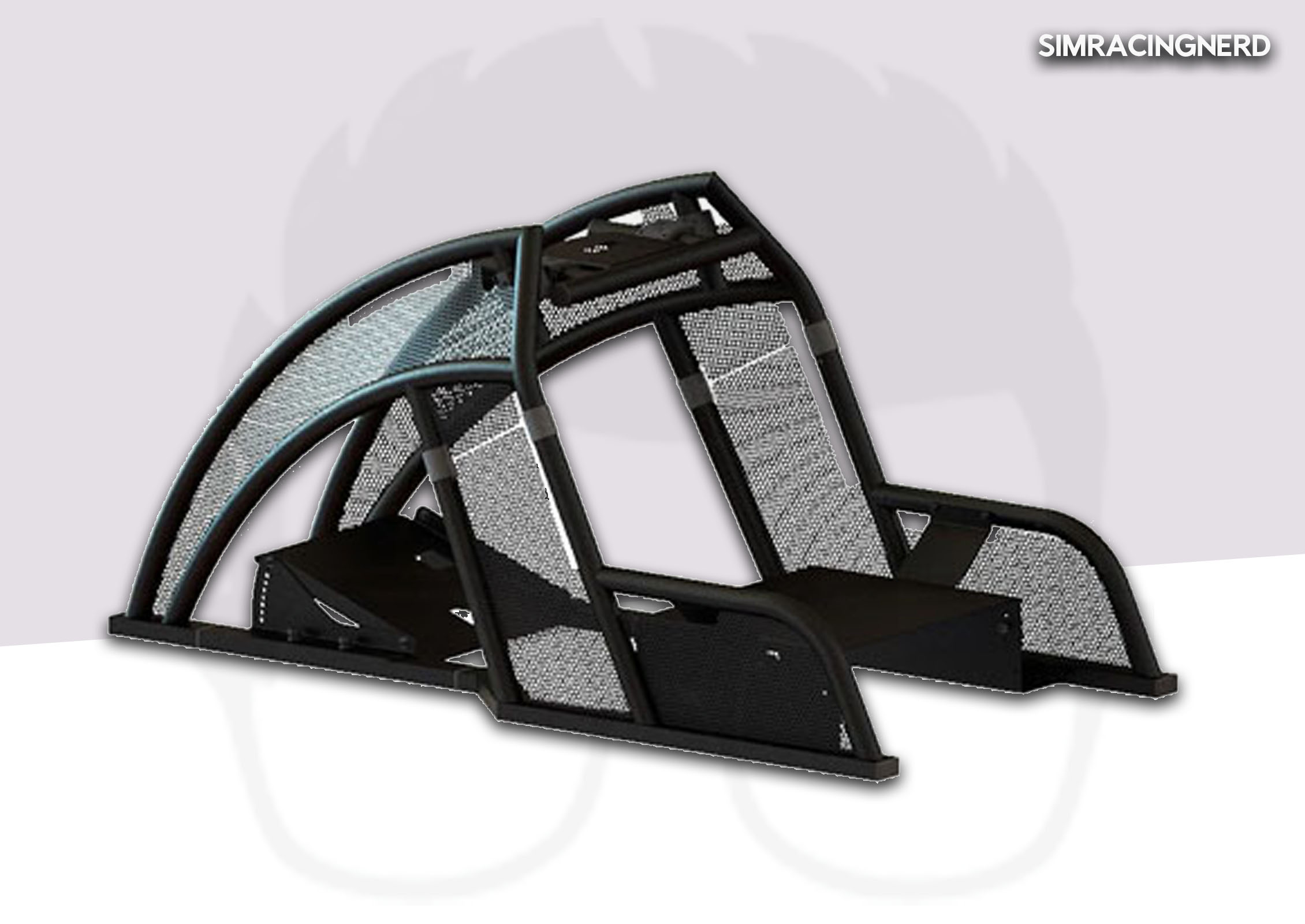
Advantages & Disadvantages
✅ Tubular structure with unique design
✅ Sturdy and easy to assemble
✅ Configurable directly from Fanatec
❌ Bare-bone chassis, without any accessories
❌ Limited adjustments to the driving position
❌ Its price is a little high.
The sim-racing cockpit market is currently dominated by players such as Simlab, PlaySeat and Next Level Racingand many others. These brands offer a wide range of options for virtual pilots, whether beginners, seasoned racers or professionals. Their motto is quality, stability and, above all, upgradability.
But what if I told you that Fanatec is also present in the cockpit market. No, I’m not talking about the recent additions to its catalog, which are the CSL and ClubSport GT Cockpits. I’m talking about the Rennsport V2, a tubular chassis released long ago by the German firm of sim-racing peripherals.
Today, when you start poking around Fanatec’s catalog, you’ll find this cockpit buried way down on the chassis page, still available for sale. Is this product still holding its own against not only fierce competition from other brands, but also from Fanatec? Well, let’s find out.
Chassis main and technical features
- Dimensions 115x54x54 cm
- 30 kg weight
- Full metal tubular structure
- Compatible with all Fanatec and third-party peripherals
- Supports for triple-monitor configuration available
- Shifter/handbrake bracket
- Sober, all-black design
Rennsport V2 design
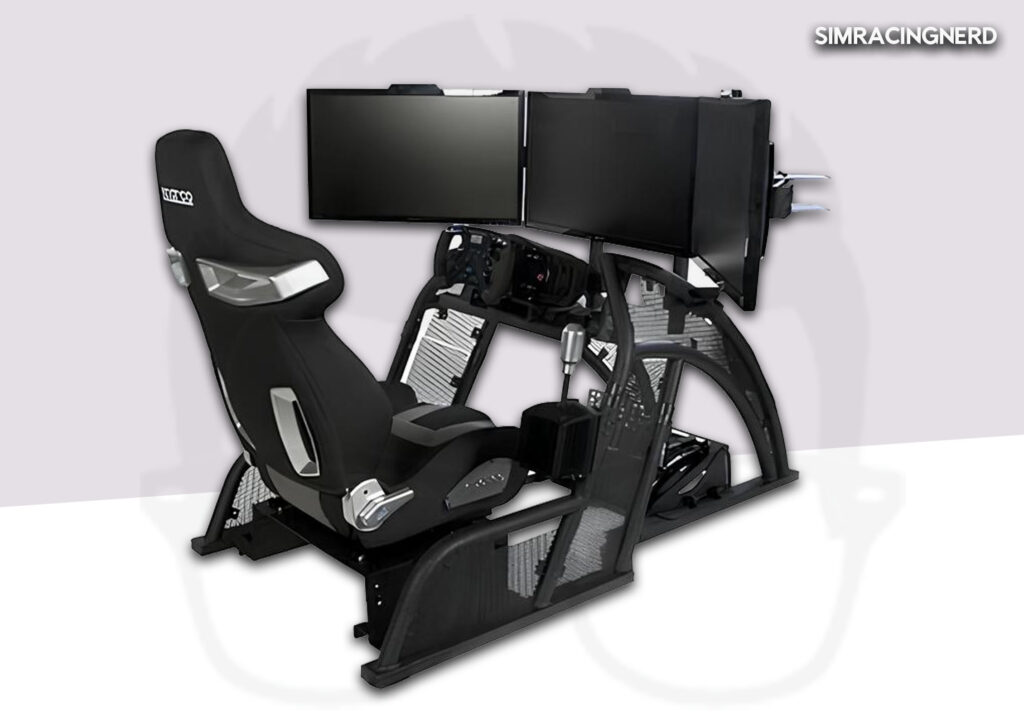
Let’s start with the design of the Rennsport V2. It’s a tubular cockpit, entirely black and dotted between the tubes with protective… grilles? Honestly, I don’t know. Maybe it’s supposed to be a distinctive design element, but I think it’s better without. This is purely subjective.
As for the rest of the chassis, the tubes at the front form a plunging arch that’s quite impressive. At the base of the Rennsport V2, a square section supports the entire frame structure. You can also see the bottom bracket deck and bucket support. These two elements have not been extensively adjusted, demonstrating that this chassis is rather old by today’s standards.
Customized assembly
Typically, frames of this type are delivered in kit form, and you are responsible for their assembly. Don’t panic, it’s not complicated to do, and there’s a detailed guide to help you along the way.
When it comes to mounting sim-racing peripherals, you have the Direct Drive base deck, which can accommodate bottom-mounted peripherals. As a result, Fanatec’s list includes CSL Elite Wheel Base, ClubSport Wheel Base V1 and all other bottom-mounted peripherals, even those from rival brands.
Fanatec also offers a range of optional brackets for customizing the Rennsport V2. There’s a monitor bracket, a shifter bracket and a bucket bracket. As with 99% of tubular chassis on the market, customization of the Rennsport V2 is limited to Fanatec components.
Manufacturing and finishing
The chassis is based on an all-metal tubular structure. The base is made of square profile to support the weight of the chassis, driver and sim-racing peripherals, providing rigidity and stability.
Between the tubes, we find fine grids that must be for design purposes only, because in terms of structural contribution, they don’t do much in absolute terms.
The finish is meticulous, as we’re used to seeing with Fanatec products. No sharp edges, no badly machined parts, no protruding elements. I just noticed that the front tubes, those forming the arch, are made of two elements, welded together. It’s not sharp, but I would have liked to have had them bent.
Chassis adjustment
So, let’s talk about the chassis settings. Basically, the deck doesn’t move, except in height and depth. You can adjust it vertically with the help of brackets and keys, and also horizontally to get the right distance between you and the steering wheel.
As for the crankset, its deck can be tilted, allowing you to adjust the angle. In all, there are around ten positions, which should put you at ease when riding on rFactor or iRacing.
And for the bucket seat, Fanatec offers several, including Sparco ones. You can adjust the seat and seat height, but only with tools (Allen key). Well, it doesn’t offer much adjustment, but it’s better than nothing, especially when you consider that this chassis is several years old. So…
Sensations during play
We now turn to how the Rennsport V2 feels in a sim-racing session. First of all, this chassis is technically compatible with a wide range of racing peripherals. However, and this remains my choice, I wouldn’t go so far as to use DD bases and very powerful cranksets. I prefer to stay in the mid-range, in the 10 – 12 nm torque range for chainstays.
As far as stability is concerned, I was surprised to see that the Rennsport V2 hardly moved at all during the race, even with a tubular structure that is certainly beautiful, but limited in terms of rigidity. This is one of the biggest disadvantages of tubular chassis, but the Rennsport V2 does quite well in this category.
Next, the decks. The basic one offers two-axis adjustability, and proved to be solid during racing sessions. However, I did notice a slight flex on the bottom bracket deck, especially under heavy braking. This bending seems to be caused by the Load Cell requiring a lot of brake force, as with a CSL Pedals LC, the deck was much more solid, and I hardly noticed any bending at all.
Let’s finish with the bucket. There are some limitations here, but that’s mainly due to the design of the Rennsport V2. The bucket support is solid, yet offers a typical touring driving position. This Fanatec chassis isn’t ideal for F1 racing, or even GT racing, because of its driving position.

Rennsport V2 chassis compatibility
The Rennsport V2 is compatible with many sim-racing peripherals, including those from Fanatec. As far as bases are concerned, there are all those with bottom mounting. If you have a recent Fanatec base that mounts from the front or sides, you can still use mounting brackets.
The same applies to pedalboards, with bottom-mounting on the deck, which features several holes to accommodate a wide range of peripherals. But the Rennsport V2 is also compatible with pedalboards from other brands such as Logitech or Thrustmaster. This also applies to competing bases, as long as they are bottom-mounted on the chassis deck.
Value for money
So far, the Rennsport V2 is a pretty good chassis. It’s old, admittedly, and also a little limited in terms of settings, but it’s good enough for a beginner driver who wants to improve slowly, upgrading his sim-racing setup as he goes along. Well, on paper anyway.
Over the years, the price of the Rennsport V2 should have slimmed down, gradually falling to a decent level. But that hasn’t been the case. The Rennsport V2 is currently priced at almost €1,000, which frankly isn’t great today, especially in the face of competition that’s clearly developed for the same price, and also coming from Fanatec. To put it simply: the Rennsport V2’s value for money stings a little, even a lot.
My verdict on Fanatec’s Rennsport V2 chassis
To be honest, I’m a fan of Fanatec’s sim-racing peripherals. The brand has conquered and retained the racing simulation market. Its product range is complete, innovative and, above all, suitable for all budgets.
With the new chassis developed and released by Fanatec (CSL and ClubSport Cockpits), it’s hard for me to recommend the Rennsport V2, especially at the price at which it’s currently sold. If you can find it at 60% off, or even 50% off, it’s conceivable for an entry-level setup that aims to provide a decent feel for a beginner pilot. But if it’s still €1,000, you might as well go for a ClubSport Cockpit, which is cheaper and, above all, more modern.

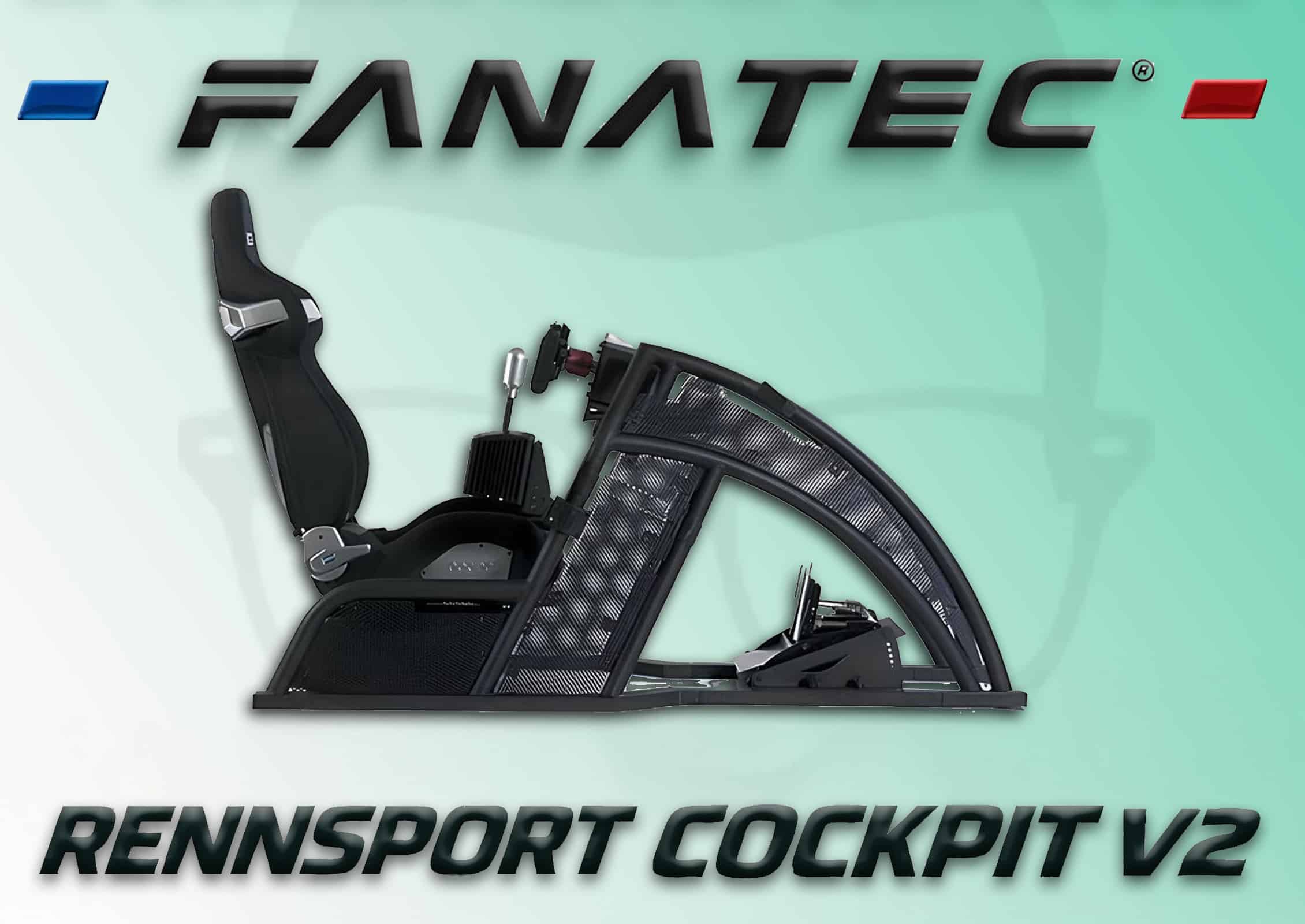
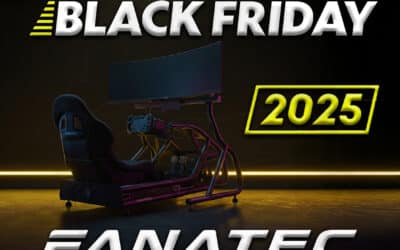
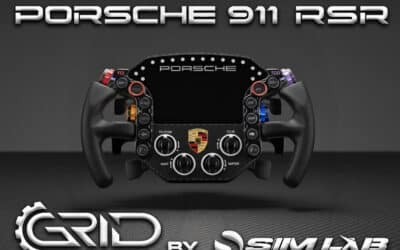

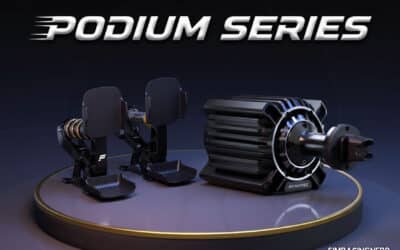
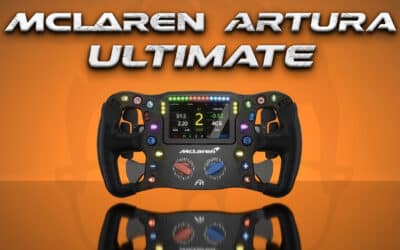
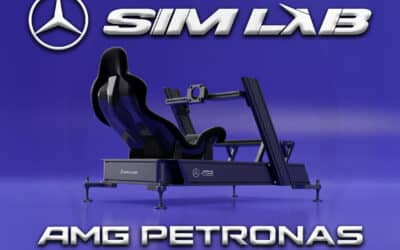
0 Comments